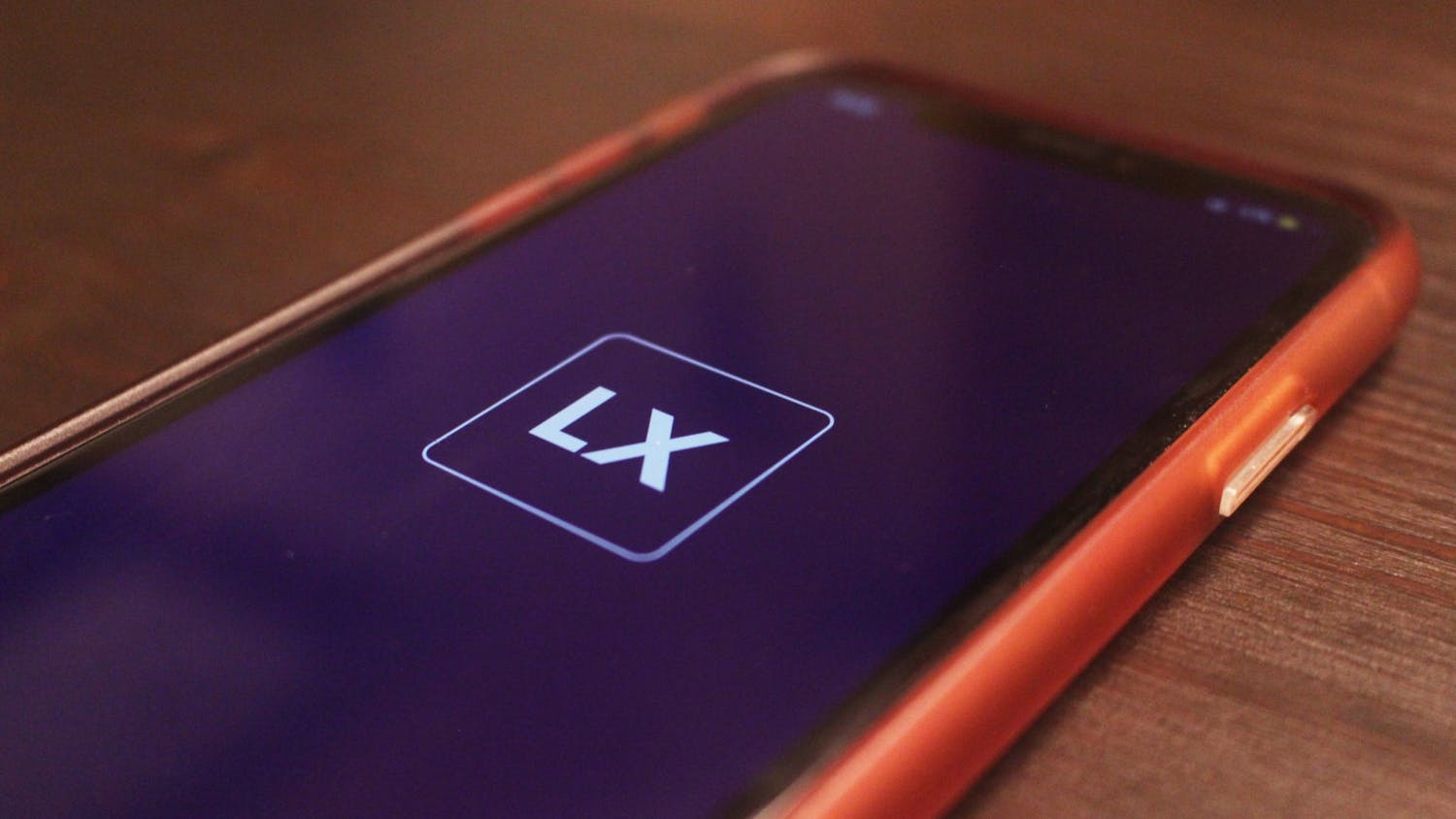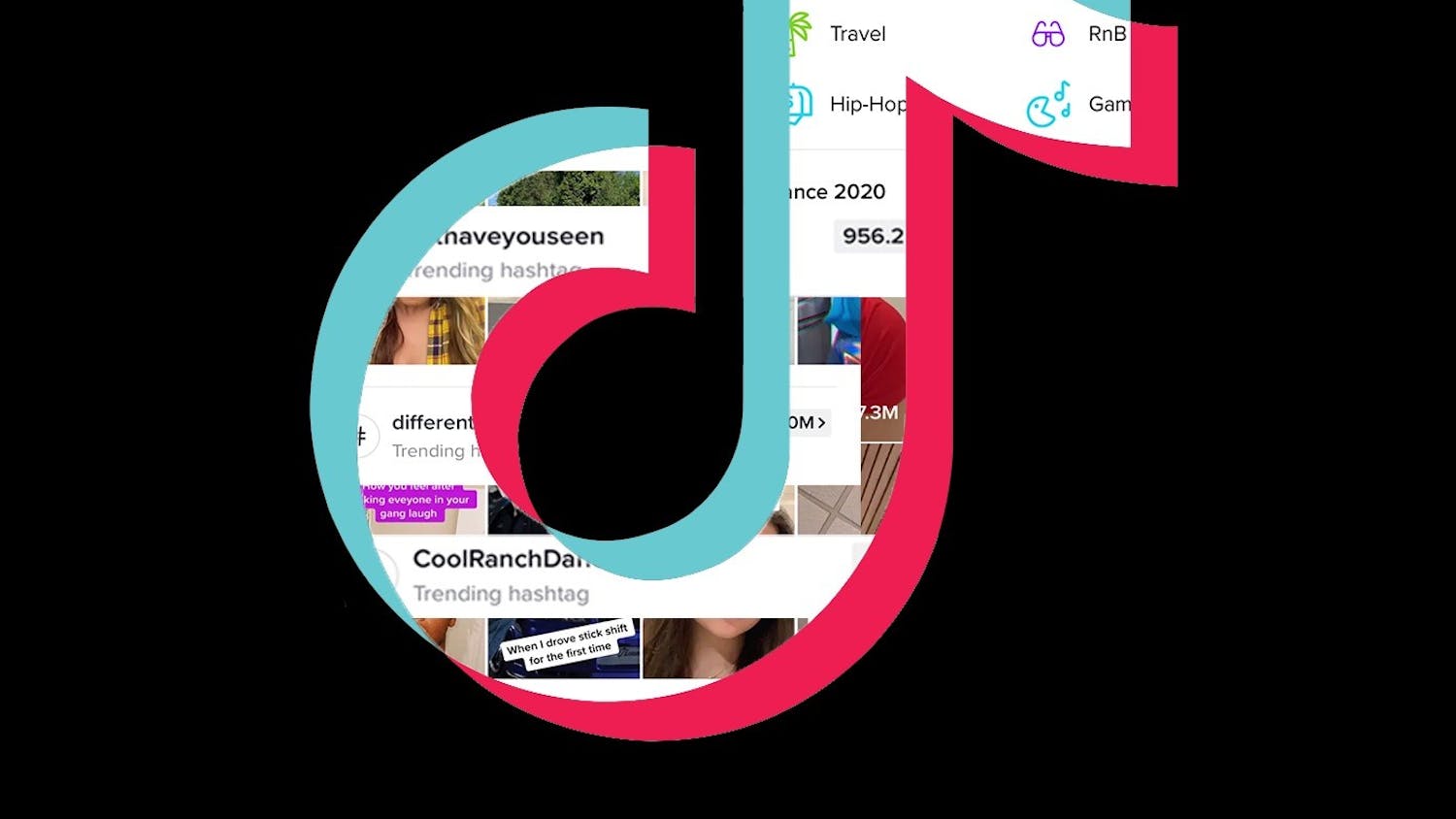I am embarrassed to admit how many hours I spend scrolling through my TikTok feed each week. But I am not alone. As of July 2020, TikTok had around 800 million monthly active users, with the average user spending 52 minutes per day on the platform. This number skyrockets up to 80 minutes per day when the age group is restricted to users aged four to 15. TikTok has also recently received widespread media attention. Earlier this month, President Trump issued an executive order that would ban the app unless it is sold by its Chinese parent company. While I do not agree that TikTok should be banned, I believe that a separate, insidious danger of TikTok has been overlooked — the prevalence of pro-anorexia content on the platform. Indeed, especially given its target audience of teens and young children, the short-video app must take action to rid itself of its pro-anorexia appeal.
As we learned from Facebook’s run-ins with alarming content — ranging from propaganda spread by Russian bots to dangerous health falsities perpetuated by anti-vaxxers — any social media platform is bound to have its fair share of dangerous and potentially radicalizing content. On TikTok, there is one disturbing trend of content that particularly stands out: videos that glamorize and enable eating disorders. There are countless videos with millions of views showing young girls flaunting their extreme thinness and advising others on how to avoid the sensation of hunger and consume as little as possible throughout the day. Some videos even include offers to pair with an online buddy to encourage anorexic habits.
TikTok is unique compared to other social media platforms as its “For You” page does not just highlight accounts that one already follows, like the algorithm behind Instagram or Twitter’s “For You” pages. I was startled to come across a video on my own TikTok feed a few weeks ago in which a teenage girl gave a tutorial on a disturbingly low-calorie lunch “recipe” consisting predominantly of ice. I am not surprised that I was targeted for this kind of content as a 20-year-old female college student. A Buzzfeed article from February describes similar videos showing people sleeping all day to avoid eating or eating ice chips to curb their hunger. For me, this recipe video was nothing more than disturbing — for others, this video could have vastly different, and more severe, consequences.
The problem with pro-anorexic, or “pro-ana,” content is that it invites people with no pre-existing eating disorders into a toxic world and also serves as a trigger for those who are dealing with an eating disorder, are in the process of recovery or who have already recovered. A Wired article argues that TikTok’s algorithm is inherently problematic as “its For You page is working exactly as it should … showing them [users] what they likely want to see” without any “moral and health-related judgements.” On the other hand, however, some proponents of eating disorder-related content argue that videos centered on recovery can be extremely positive, turning TikTok into somewhat of an eating disorder support group. It is true that some users in recovery post their progress toward regaining healthy eating habits as inspiration for those trying to recover or for those still suffering. Nutritionists and therapists have also infiltrated certain notorious hashtags on TikTok, inserting educational videos in among the pro-anorexia content to provide non-glamorous reality checks, along with advice and resources to get help.
There are certainly positive signs indicating that ByteDance, the current owner of the app, is taking steps to ameliorate the damage this kind of content can cause. The app’s community guidelines insist there is a blanket ban on “content that support[s] pro-ana or other dangerous behavior to lose weight,” excluding content that provides support or resources to cope and get help. The app has also ensured that those who search the hashtags “#proana” or “#anorexia” are instead directed to a support page that offers a link to the United States National Suicide Prevention Lifeline among other general help resources. These loosely interpretable guidelines and narrow search exclusions, however, are not enough. Videos posing as recovery help may be triggering for some, while misspellings or variations of triggering words have provided easy workarounds for those seeking such content. For instance, the hashtag “#anorexie,” a misspelling that isn’t hard to come up with, has over 17.2 million views.
At the risk of encouraging eating disorders and triggering millions of users, TikTok must take further action. A good first step would be to impose more extensive search exclusions — obvious variations on triggering words should be banned. TikTok should also consider banning sounds that are predominantly used in the backgrounds of triggering types of videos. For example, one sound effect called “eating disorder check” had over 1,500 videos using it as of May 2020. Although this sound is no longer in use, similar pro-anorexia misspellings in hashtags have popped up in its place, including one with up to 1,400 views as of August 2020. On a larger scale, TikTok should consider finding ways to flag and take down the most disturbing of these videos. Although TikTok certainly isn’t the first social media platform to harbor pro-anorexia content, it won’t be the last. As such, TikTok must ensure that people aren’t negatively affected by its content and should also impose regulations that can be adopted by other platforms in the future to preempt similarly harmful effects.




